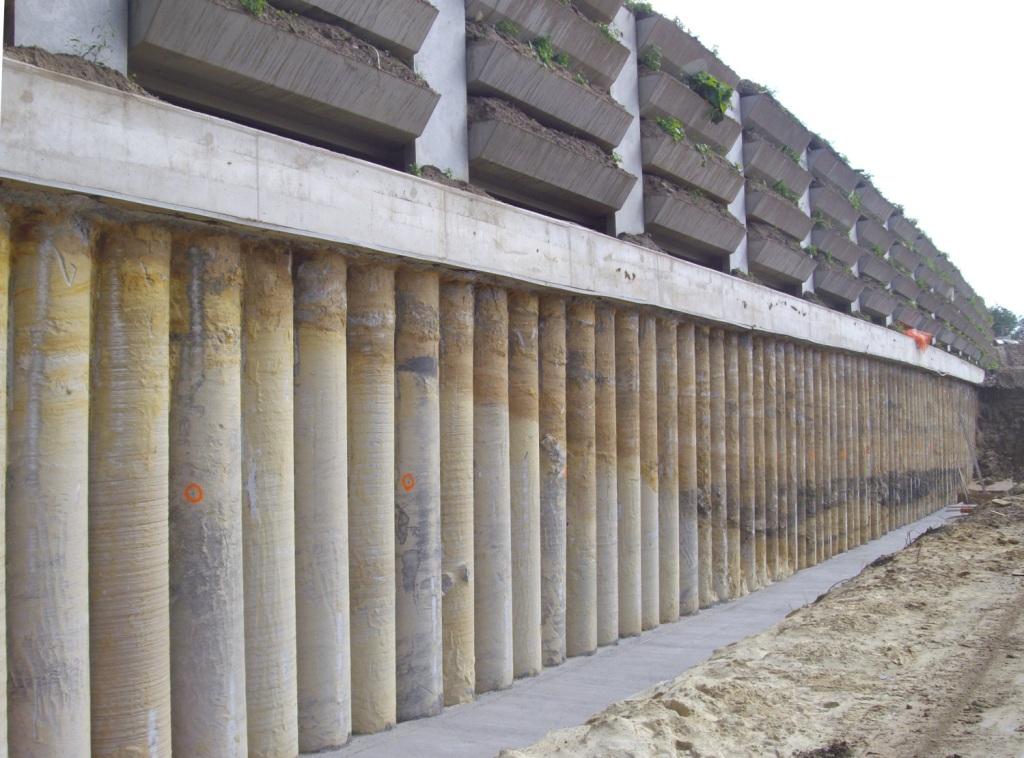
What Is Contiguous Piling?
During the construction process, there are many aspects to consider. One such aspect is the requirements and the appearance of the finished product. In addition, there are a number of watertightness measures that need to be taken in order to ensure that the structure will be watertight. Check out WHAT IS CONTIGUOUS PILINGt to learn more.
Construction process
Compared to other types of soil supporting systems, contiguous pile walls are comparatively cheaper and faster to install. They are also more suitable for confined spaces such as basements and cellars.
In general, contiguous pile walls are constructed by drilling successive adjacent piles in a continuous line. This ensures that the piles remain close together and therefore form a strong supporting structure. In addition, this technique involves very little vibration and noise.
Depending on the soil type, the optimal pile diameter is determined. The space between the piles is normally 50-100mm. The piles are then back filled with concrete. If necessary, a shotcrete layer is applied to the wall to stabilise the materials.
In order to achieve good water retention, the soil in the gap can be grouted or sealed. Alternatively, a watertight wall can be constructed to seal the gap.
These methods are suitable for a range of soils including low cohesion and cohesionless soils. However, this method is not ideal for sites with high water content.
Watertightness
Whether you're building an office complex, a high rise residential tower or a multistory parking garage, watertightness is a top priority. The watertightness of your structure depends on several factors, including quality manufacturing processes and the materials used in construction. These include cement, concrete and supplementary cementitious materials.
For starters, there are many types of seals to choose from, ranging from traditional metal wall plates to more sophisticated solutions such as flexible boots. However, in most instances, it's best to choose a flexible sealant that is manufactured specifically for your application. These types of sealants have a much higher rate of performance, making them more suitable for the task at hand.
Using the right type of sealant will help ensure that the excavations remain dry and that your investment is not lost in the event of a leak. In particular, the most important aspect of a watertight seal is its ability to retain the moisture. Without adequate moisture in the mix, concrete can be susceptible to honeycombing.